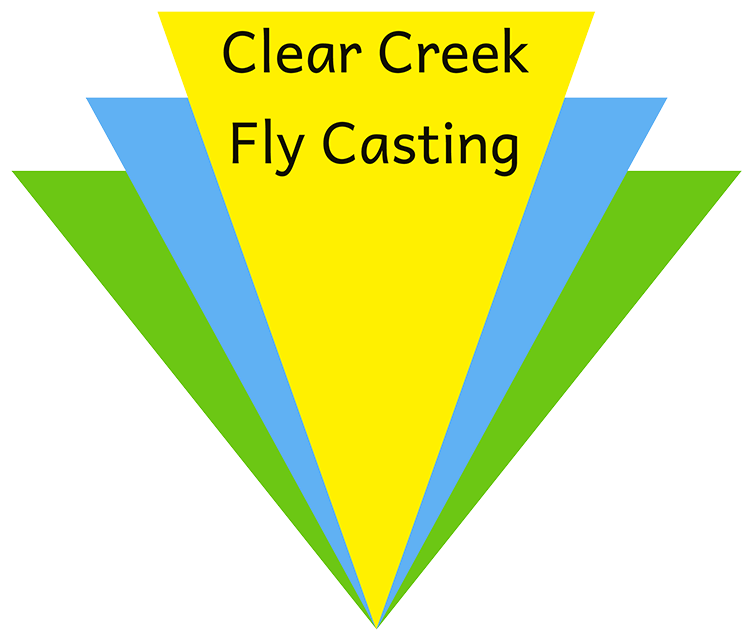

Welcome to the Winter 2023 newsletter. Hope you enjoy it, and if there are questions,
comments or suggestions for topics for the newsletter, please let me know at jonathan@clearcreekflycasting.com to get started.
I am getting a number of people that are going saltwater fishing for lessons lately, so I thought it would
be timely to re-print this edition about salt water from 2019. Hope you enjoy it. I’ll report on my
saltwater trips in coming issues.
Salt water fishing makes you a better overall angler. This edition is dedicated to some
skills I think are important for anyone going in some order of priority. There is so much, the entire
newsletter is so dedicated. I recently returned from a nearly annual trip to Mexico with a group of friends
for salt water flats fishing. Every time I learn something new and re-learn a few things also. Beginners
will appreciate this, but I hope it will also be food for thought for the more experienced—what are your
“most important salt water skills?” I’d love to hear about them!
My lesson rates are not changing in 2023. Please refer your friends and family!
The myth of the single lesson: “I just want a tune up.” I hear this frequently and I’m happy to do it! Yet, I
have several people take lessons who could have accomplished so much more given a bit more time
together and individual practice. I have a package of three one-hour lessons for $150, and 6 lessons for
$300 representing a 15+% savings! How much money do you spend on gear that does not improve your
skills of casting and fly presentation?! An investment in lessons is an investment in yourself as an angler.
I teach casting for fishing, not for casting’s sake. A single lesson, although probably better than none,
only begins to break bad habits and learn new, good ones. You can book directly through my website at www.clearcreekflycasting.com
UPCOMING EVENTS AND INFORMATION
Contact me for more details about any of these at jonathan@clearcreekflycasting.com
Create your own event: I love teaching groups! Put together a presentation or clinic for your group! It can be a fishing group or a group of interested people that don't fish yet! I can help you tailor instruction to your group's needs.
Lecture/Discussion Presentations: I have found these can be extremely helpful for groups. I have multiple topics available and even simply one entitled “Casting Q and A”. These are done at no charge usually. See the website for more details.
30 with 3 lesson packages: I am now offering 3 one hour lesson packages for $150---a $30 savings. This will make a great gift for someone, including yourself! Times and location will be scheduled individually.
Fly Casting Fundamentals Class: Six one hour lessons comprise this class designed to help the caster achieve at least Bronze level fly casting skills as outlined in the FFI Fly Casting Skills Challenge. This can be done on an individual basis or in a small group. The price is $300, the same as for 5 lessons, which is a $60 savings. Great for beginners, novices or those just trying to improve their skills!
Video Casting Analysis: If a picture is worth 1000 words, a video is worth far more. You will see things you had no idea were occurring with your casting motion and learn how to correct them. Define and rid yourself of bad habits! Clients will be given practice methods to improve their cast. The minimum time needed for this is 90 minutes and the cost is $80.
Casting Instructor Certification Mentoring: Instructor certification from the FFI is an accomplishment that will help you become a better instructor as well as caster. Let me help you understand the expectations of the exam and become a better caster and teacher! I mentor exam candidates and administer exams, so I understand the tests and what it takes to pass. Most importantly, it will help you be the best teacher you can be in all phases of fly fishing.
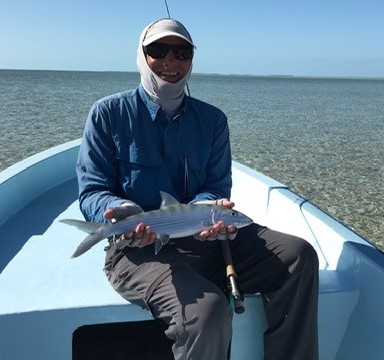
Seven Salt Water Fishing Skills
Here are seven important skills with some priority. It’s no exhaustive list, but I tried to choose a manageable number for the reader, especially beginners. These are skills acquired by learning and practice over time. Some can be done before the trip, some must be learned during the trip. Lessons from a certified instructor can steepen your learning curve, and expert guides are really helpful.
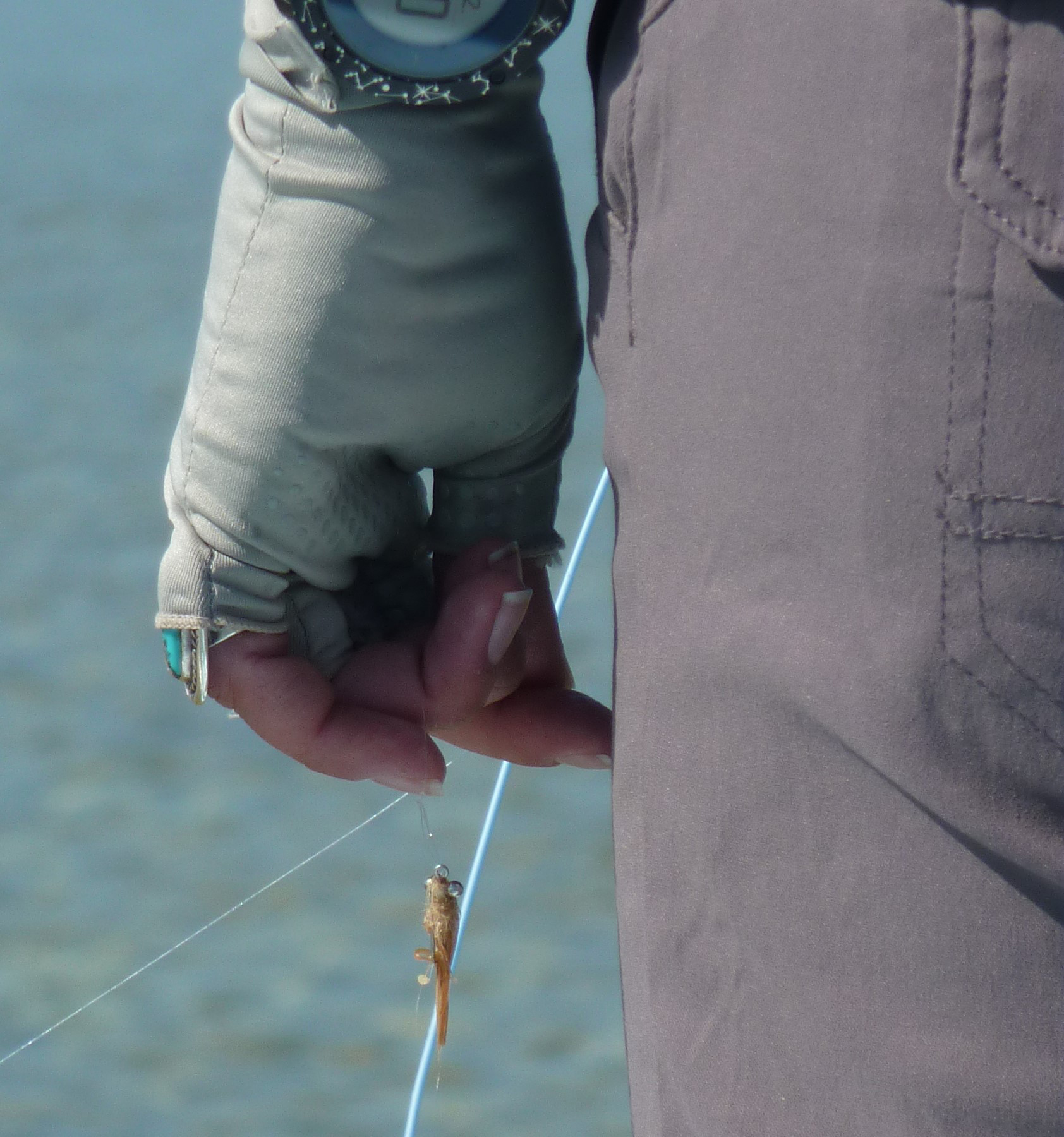
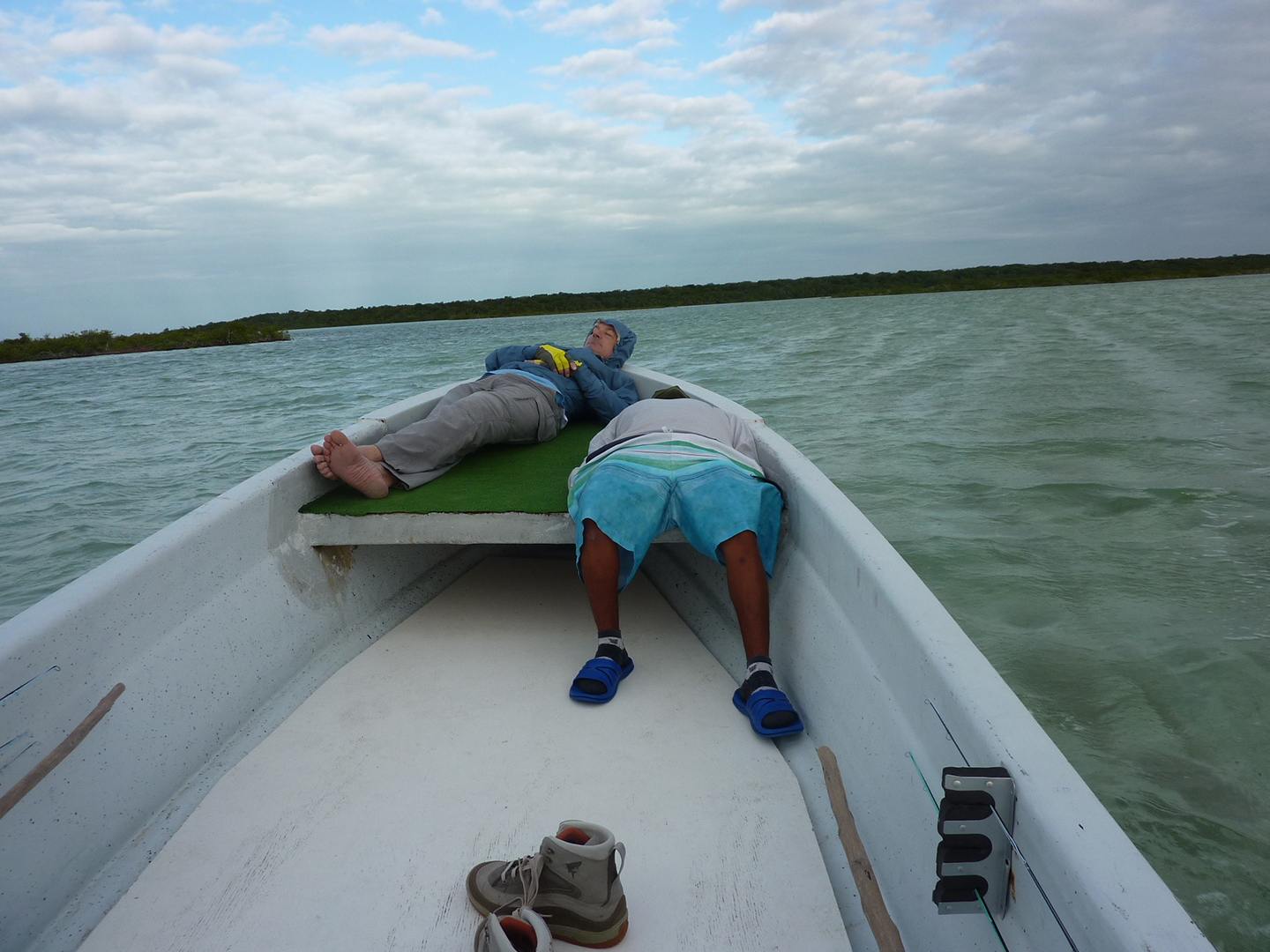
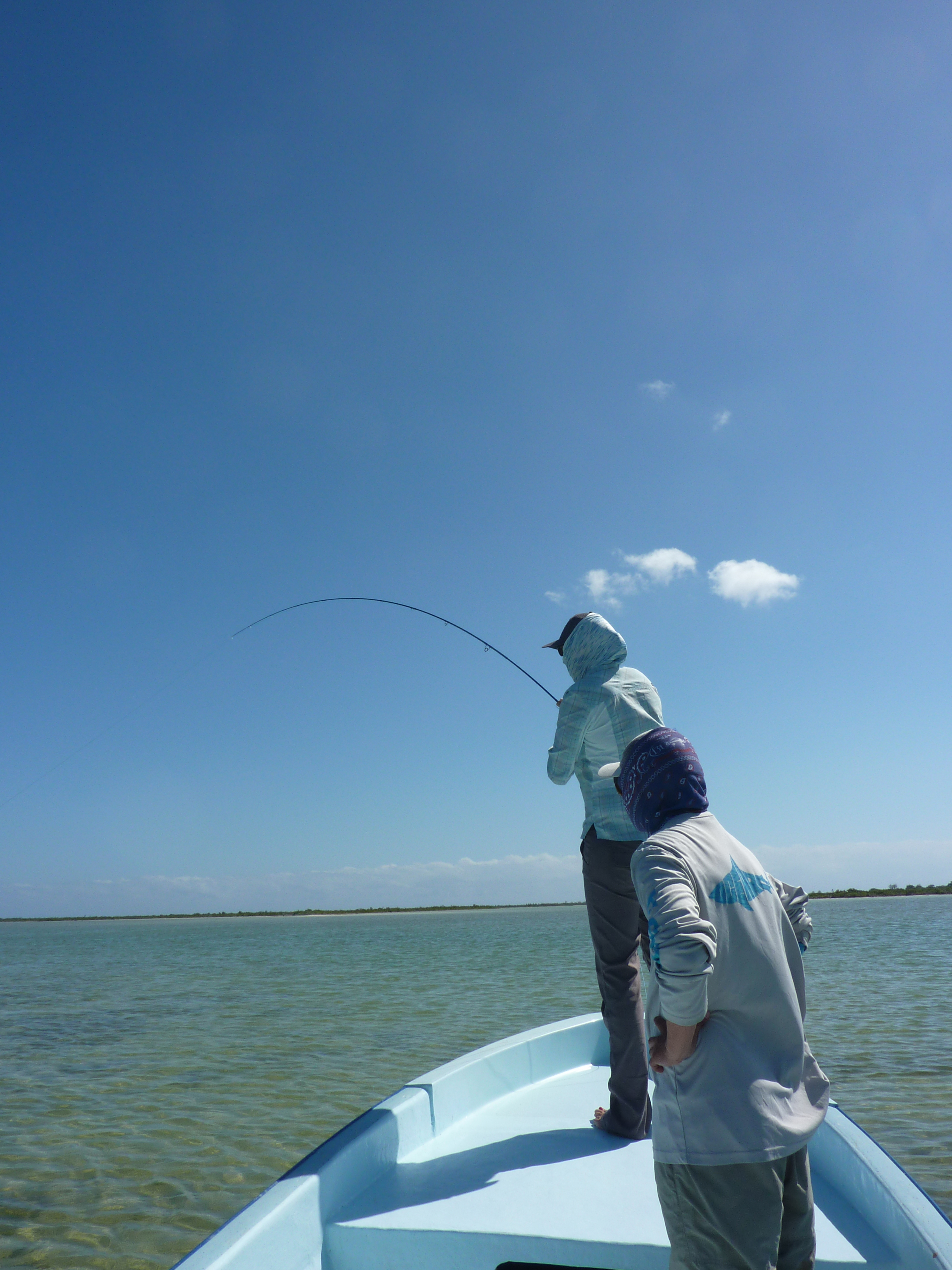
There are plenty of other things to learn about salt water fly fishing. That’s the beauty of all of fly fishing, there is always some new opinion, idea or skill to investigate. This list could be much longer, and some might make it shorter. Whatever you think, you can make it yours! Happy fishing till next time!!
Looking for past newsletters? Here you go: